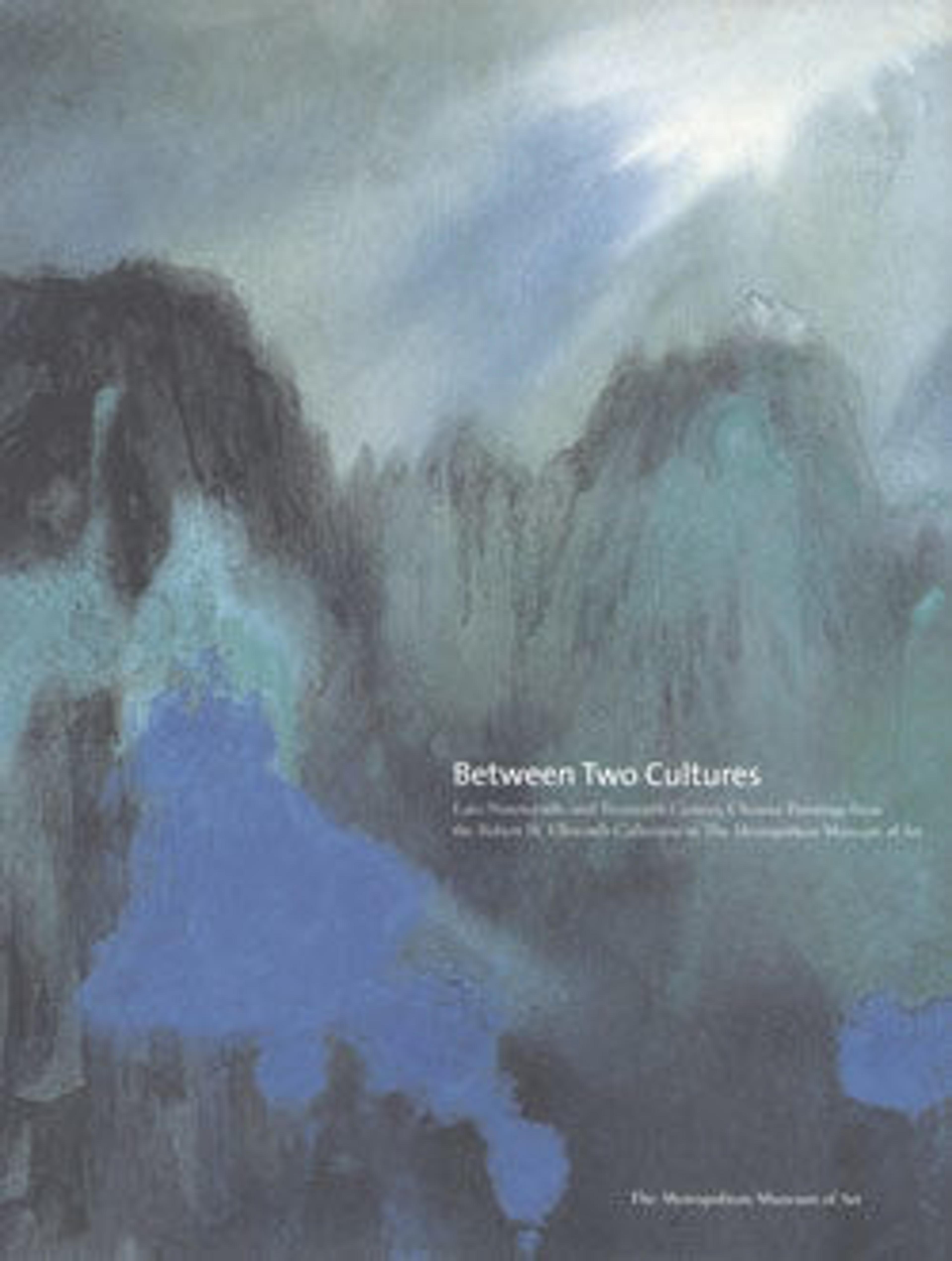Charging Yak
Wu Zuoren studied Western art techniques and methods with Xu Beihong in Shanghai before going to Europe in 1930. He studied at the École des Beaux Arts, Paris, and under Alfred Bastien at the Académie Royale in Brussels. Wu mastered charcoal sketching and oil painting for making realistic anatomical studies but came to view these techniques as merely preliminary steps toward achieving a seemingly spontaneous style using Chinese ink and paper.
Returning to China in 1935, Wu taught under Xu Beihong at Nanjing Central University and followed the university to Chongqing during the war. In 1943 he began traveling in the Tibetan plateau and Qinghai region, living with herdsmen while painting yaks and camel caravans on the vast highland plains. After 1949 Wu's sympathetic portrayals of minority peoples became consonant with the political agenda: to broaden the appeal of art, address the lives of the common folk, and confirm a nationalistic spirit.
Returning to China in 1935, Wu taught under Xu Beihong at Nanjing Central University and followed the university to Chongqing during the war. In 1943 he began traveling in the Tibetan plateau and Qinghai region, living with herdsmen while painting yaks and camel caravans on the vast highland plains. After 1949 Wu's sympathetic portrayals of minority peoples became consonant with the political agenda: to broaden the appeal of art, address the lives of the common folk, and confirm a nationalistic spirit.
Artwork Details
- 近代 吳作人 藏犛 軸
- Title:Charging Yak
- Artist:Wu Zuoren (Chinese, 1908–1997)
- Date:dated 1946
- Culture:China
- Medium:Album leaf; ink and color on paper
- Dimensions:11 1/4 x 12 7/8 in. (28.6 x 32.7 cm)
- Classification:Paintings
- Credit Line:Gift of Robert Hatfield Ellsworth, in memory of La Ferne Hatfield Ellsworth, 1986
- Object Number:1986.267.391
- Curatorial Department: Asian Art
More Artwork
Research Resources
The Met provides unparalleled resources for research and welcomes an international community of students and scholars. The Met's Open Access API is where creators and researchers can connect to the The Met collection. Open Access data and public domain images are available for unrestricted commercial and noncommercial use without permission or fee.
To request images under copyright and other restrictions, please use this Image Request form.
Feedback
We continue to research and examine historical and cultural context for objects in The Met collection. If you have comments or questions about this object record, please contact us using the form below. The Museum looks forward to receiving your comments.
